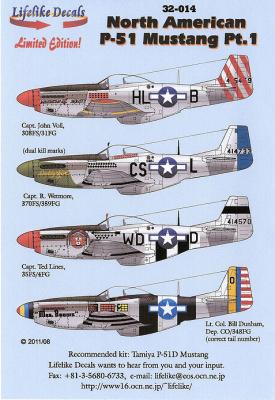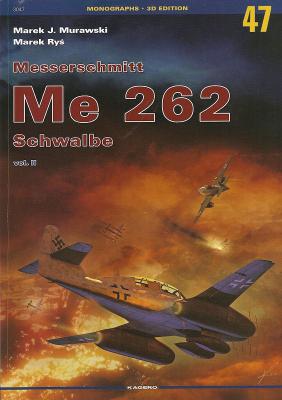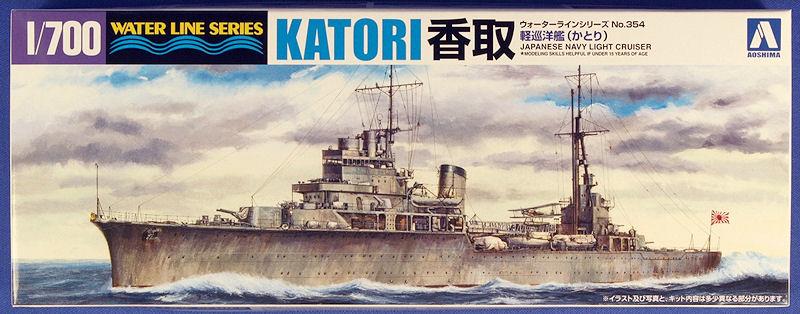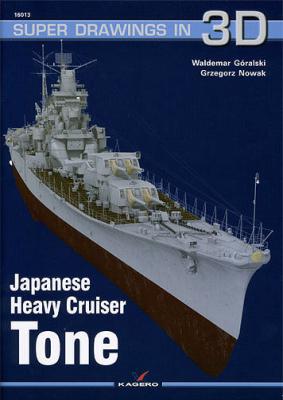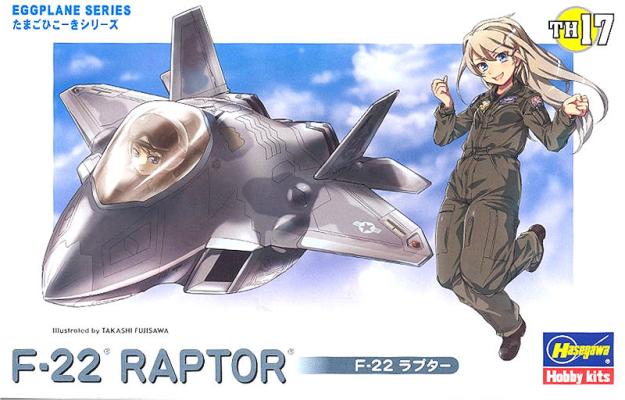Tamiya’s new 1/32nd scale P-51 has created a surge of new decals for that subject, and Lifelike Decals have done their part, as well. This sheet provides markings for four colorful Mustangs, three from the European Theater and one from the Pacific Theater:
Welcome to the IPMS/USA Reviews site!
Introduction: The primary organization of the IPMS/USA Review website is by IPMS/USA National Contest Class. Within each Class there are sub-menus by kits, decals, books, etc. The Miscellaneous Class is for items that are not class specific or that cross two or more classes.
IPMS/USA Members: We encourage you to submit reviews, both here and to the Journal. To volunteer for membership in the IPMS/USA "Reviewers Corps" and submit your own reviews, please read the Guidelines For Submitting Product Reviews.
Manufacturers, publishers, and other industry members: IPMS/USA is pleased to offer your company the opportunity for product reviews. All product reviews are performed by IPMS/USA members, and are posted in the publicly-accessible section of our website. With very few exceptions, we perform full build reviews of new kit releases, aftermarket products, and supplies. If you would care to provide product samples for review, please contact John Noack, IPMS/USA 1st VP.
To learn more about IPMS/USA, please see our About Us page.
History
The Messerschmitt Me-262 is probably one of the most popular modeling subjects because of its historic importance and the incredible tactical misuse of this aircraft during the closing stages of the war. While conceived as an air superiority fighter, Hitler decided that the plane would be most useful as a high speed bomber. It wasn’t until the late stages of the war that the aircraft was finally employed in its proper role at a time when there was no chance of it having any serious impact on the outcome of the war. Volume I covered the technical development of the aircraft, which involved the design problems and flight testing of the various prototypes.
Bottom Line
Long overdue, new molding for the 1/700 scale IJN Katori training cruiser as she appeared at the beginning of WW2 (August 1942). Excellent detail, excellent fit, accurate appearance. Vast improvement over the previous molds.
Fans of the Imperial Japanese Navy have something new to put on their wish lists – a new, beautifully illustrated reference book! Kagero, based in Lublin, Poland, has published a new addition to their illustrated 3D series of historic warships. They have previously published 3D books on the Heavy Cruisers Takao and Aoba.
Using computerized graphics, the authors have created detailed 3-D illustrations of the Tone’s exterior from stem to stern from nearly every possible angle, in what appears to be her appearance after her last refit in the summer of 1944. It also comes with a bonus foldout that provides a profile of the ship rendered in black and white and some additional illustrations.
This is my fourth egg plane. The first was an F-4 Phantom, probably 20 years ago. Since then I’ve done two F-16s, and now the F-22. The original Phantom was very much an egg with wings and stabilizers added. This “aircraft” looks pretty un-egglike. Either that or it’s a very weird chicken.
The kit is pretty simple and goes together quite nicely. The fuselage is two pieces, separated top and bottom. The vertical stabilizers are separate parts, the landing gear is 7 parts, including the doors, and the canopy finishes the parts inventory.
I put the fuselage halves together without glue. They include the wings and horizontal stabs. Then I painted the whole thing. I used Neutral Gray for the main color, with Euro 1 Gray for the dark patches and Dark Ghost Gray for the leading and trailing edges. This looks very tactical.











